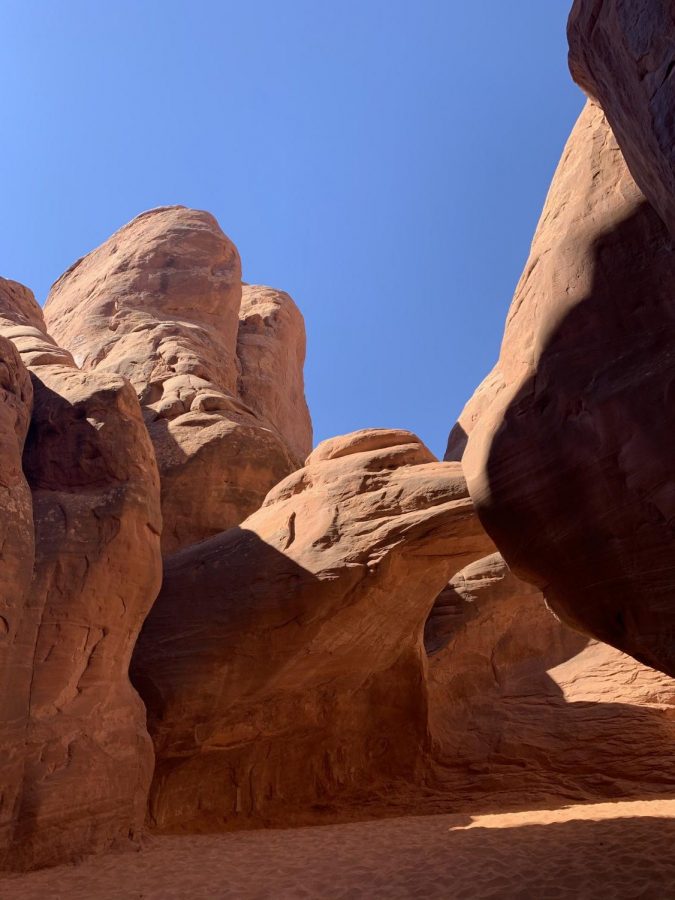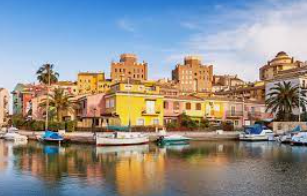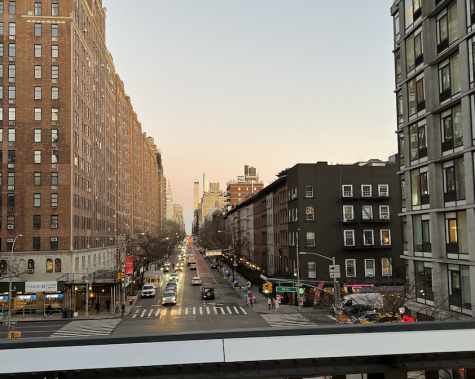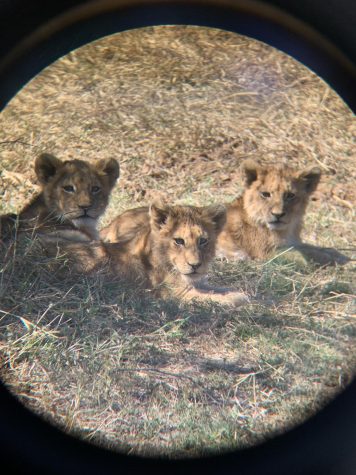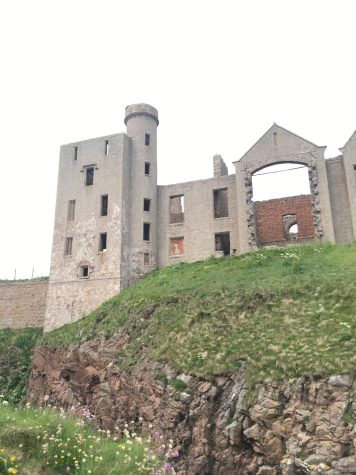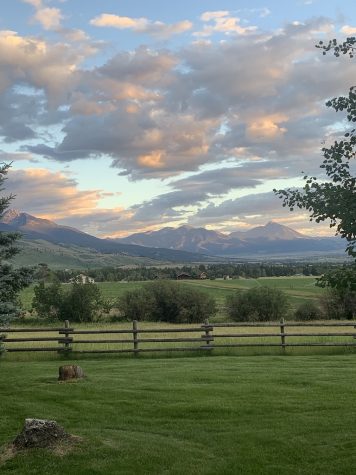Reviewing U.S. National Parks
7 out of 423 of them.
The concept of National Parks was one of the most popular ideas the United States has ever produced. Since 1872 the United States National Park System has grown from a single, public reservation called Yellowstone National Park to include 430 natural, historical, recreational, and cultural areas throughout the United States, its territories, and island possessions, according to Wikipedia. And with over 400 national park sites in the United States, its a lot to try and hit all of them. By no means do I claim to be the most experienced in the area, but since my dad obtained a “National Parks Passport,” we’ve been around the block. Therefore, I’d like to give some feedback on a couple of spots to entice more folks into going.
Two summers ago, while at Arches National Park in Moab, Utah, I was told that one of the tourist attractions for Western Europeans when visiting the U.S. was renting a pack of Harley motorcycles and driving around the “Big 5” National Parks (Bryce Canyon, Zion, Arches, Canyonlands, and Capitol Reef) during the summer. Very euro, but also very fun. As cliché as it is, I’m reviewing one of them, Arches.

This place looks like photos of Mars. The arches and rock formations are all giant, made up of the iconic layers of red and orange stone and sand, and Juniper trees and cactus species cover the ground. Occasionally, at night, if you happen to be out there, you can apparently see bobcats and mountain lions. The latter I initially thought were pretty dangerous, but upon more research, the threat they pose to humans is infinitely small. I recommend going really early in the morning, in order to beat the heat and the wave of the 10am crowd, but you can also spend the whole day there with the wide variety of trails the park offers. Personally, I think my favorite part were the sand dunes. Underneath 100 foot slabs of rock on either side, there is a small tunnel, bordering on being claustrophobic, that breaks up in the end to a patch of cold white sand. Arches’ neighbor is Canyonlands, a fellow member of the “Big 5,” and an area carved out by the Colorado river that has over 500 square miles protected. Some prefer this park more over Arches due to fewer people and longer trails. Someone also claims one thing you can’t miss is the “Grand View Point.” And personally that was my favorite part as well. And maybe it’s the fact that I haven’t seen the desert a lot, but the wide expanse of canyons, the park’s namesake, also has a space-like feel.

I know technically it is not a national park, the point of this article, but I still felt like including it, the Pisgah National Forest, located in Brevard, North Carolina. One of my tennis teammates, Dylan Geddis, also loves the mountain biking there as well. While I myself am not a mountain biker, I wish to be one day, there are some really cool hiking trails there, and it’s pretty easy to connect between the trails since it’s very well mapped out. There are also some great waterfalls to swim in, and if you are looking for some recommendations, my favorites are Turtle Falls and Rainbow Falls. There are also some popular spots at the end of the National Forest, for example, the Hub, if you are outdoorsy gear person, and also Dolly’s Ice Cream, which is notorious for its supply to local summer camps. The Blue Ridge Parkway also lies in the forest and is a fairly windy but scenic drive. If you happen to be up there, you may expect to see lots of the van life movement.
Then, I feel like I had to include the State of South Carolina. About 20 miles out of Columbia, in a town called Hopkins, is Congaree National Park. Apparently it boasts one of the highest canopies in the world, and is known for its cypress trees and unique floodplains. For the most part, in order to walk through it, you have to go on a two foot tall walkway. The visitor center also provides many lessons about our very own state’s history, if you are interested in that.
In the state of Maine, there is the more famous Acadia National Park, one of the top ten most visited national parks in the United States. Here, the park is full of rock beaches, as the majority of it is on Mount Desert Island. It’s fame comes from its looks, very much photo worthy, and the diversity of wildlife. The peak time to go is in the summer, which is when my dad got another sticker for his passport, so I may be a little naive in my recommendation since when we went it was warm.

Next, out in Montrose, Colorado, is the Black Canyon of the Gunnison. When I went here, the main thing we did is go to this overlook over the main gorge.
It’s a huge drop, over 2,000 feet, and hard to stand next to the railing due to the fact that you feel like you can fall over. However, as seen to the right, it is a beautiful spot, and home to some of the steepest cliffs in North America.

In reference to the freshman class field trip to the Keys, there is also the Everglades National Park, seen to the left. This one is a personal favorite, and also happens to be one of the largest wetlands in the world. It’s known for its mangroves and sawgrass prairies, as well as the alligators, whom many of our senior class members got to witness as freshmen in an air-powered boat. Even today, you can occasionally see a few Magnet seniors sporting their teal Crystal River T-shirt, purchased at a gas station sometime on the 11 hour bus ride back from Florida to the Bonds-Wilson Campus.



